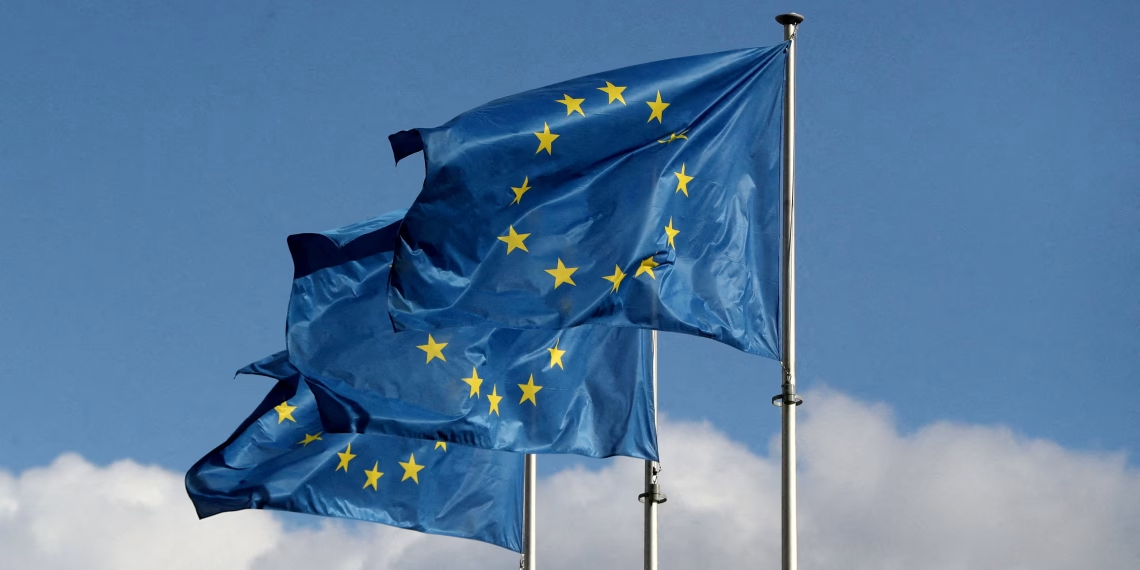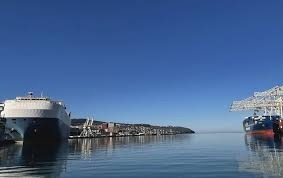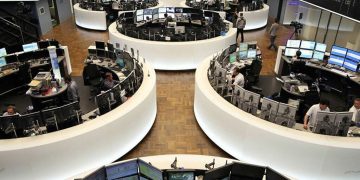Europe finds itself at a critical juncture. The European Union (EU) has set ambitious climate goals: net-zero emissions by 2050 and a 55 % cut in greenhouse-gas emissions by 2030. However, despite ambitious targets, Europe is struggling to move from vision to execution. The gap between what needs to be spent and what will be spent is growing—and that threatens Europe’s green transition, economic competitiveness and industrial future.
Why Europe Must Invest More — and Fast
European industry is under pressure. Heavy-manufacturing hubs and carbon-intensive regions face the twin risks of falling behind on decarbonisation and losing out to non-European competitors—especially China. The European Commission’s proposed “Clean Industrial Deal” seeks to support low-carbon steel, hydrogen, renewables, battery manufacturing and green tech. But many member-states disagree on how much to invest and who should pay.
As one policy brief points out: “Investment remains too low for Europe to remain competitive and meet its climate targets.” Although the recovery programme (NextGenerationEU) and other funds have helped, they expire soon. The real test will come in the next budget period—the Multiannual Financial Framework (MFF) for 2028-2034.
What the numbers show: A study by the European Central Bank warned that public funding is already insufficient to meet climate goals by 2030. It estimated an annual shortfall of around €83 billion for the public sector alone. Without decisive action, the gap will only widen.
What’s Holding Up the Spending?
Negotiations for the next EU budget have exposed sharp divisions among member-states. On one side stand the so-called “frugal states” — Austria, Finland, the Netherlands, Sweden (and often Germany) — who argue against increasing the overall EU budget. They favour fiscal restraint and are sceptical of large grants or common debt. On the other side are the “friends of cohesion” — mostly southern and eastern states — who insist on larger structural and regional funds, including green investments tied to transition away from fossil-fuel based economies.
These opposing viewpoints create a deadlock. Countries broadly agree on the need for green action, but clash over funding mechanisms, exact priorities, burden-sharing and timing. More practically, defence spending demands (following the war in Ukraine) and inflationary pressures are eating into budgets, making it harder to allocate large sums to green transitions.
The MFF negotiation timeline intensifies the problem: the next budget must be agreed by 2027 at the latest, yet much of the discussion remains unresolved. Without an agreement, investment pipelines stall, private-sector confidence drops and Europe’s green industrial strategy loses momentum.
The Cost of Delay
Every year that passes without adequate green spending raises the price of transition. Investments become more expensive, stranded-asset risks rise, and the window to stay on a low-cost pathway narrows. Research shows that delaying industrial decarbonisation raises electricity and hydrogen demand, increases costs and heightens regional disparities.
In practical terms, missing the budget means delayed roll-out of renewables, slower adoption of low-carbon steel, fewer green-hydrogen projects and weaker supply-chains for strategic technologies. That in turn weakens Europe’s competitiveness in global markets—reducing jobs, investment and innovation.
According to the ECFR brief: “Without greater flexibility from member states, the EU will pay a higher price for falling behind in the green industrial transition.”
What Are the Key Investment Areas?
To break the deadlock, Europe needs to focus investment on several critical areas:
- Green Industry & Manufacturing: Low-carbon steel, electric‐vehicle ecosystems, renewable-energy infrastructure, hydrogen, carbon capture and storage. Heavy industry needs major support to stay competitive.
- Energy Transition & Infrastructure: Upgrades of grids, storage systems, renewable deployment, and hydrogen networks. These are essential for net-zero pathways.
- Regional Just Transition: Coal-dependent or carbon-intensive regions (eastern Europe, Mediterranean) will need structural assistance to avoid job losses and socio-economic disruption. The EU’s Just Transition Mechanism attempts to address this.
- Innovation and Strategic Technologies: Batteries, advanced materials, efficient manufacturing, circular economy systems—all require investment now to maintain global leadership.
Breaking the Gridlock: Possible Pathways Forward
The ECFR policy brief offers recommendations to align member-state positions and unblock the budget stalemate. Some of the key solutions include:
- Frame green investment as a competitiveness and security agenda
The brief argues that climate spending must be presented not simply as environmental policy, but as industrial policy and strategic sovereignty. That may appeal to “frugal” states wary of subsidies but keen on economic growth. - Use flexible and fair burden-sharing models
To gain acceptance, the budget could offer differentiated contribution models or opt-in mechanisms for certain green programmes. Member states could choose which green industrial clusters they back. - Mobilise private capital via public leverage
Given public-funding limitations, the EU must harness private investment. This demands clear policy signals, risk-sharing instruments and standardised frameworks to attract capital. - Speed up disbursement and pipeline readiness
Many green projects stall because funding, regulation and planning are slow. By accelerating approvals, reducing red-tape and providing ready-to-go investment vehicles, Europe could build momentum. - Link defence, energy independence and green transition
In light of geopolitical tensions (e.g., Russia-Ukraine), the green transition can be framed as reducing energy dependency, strengthening resilience and thereby aligned with security objectives. That may open space for states that have been reluctant to scale purely environmental spending.
Challenges and Political Realities
Even with clear pathways, Europe faces substantial obstacles:
- Domestic politics and public sentiment: Investment in green transition often implies cost, especially in energy or fuel. Politicians remain wary of voter backlash if green policies mean higher bills or job losses in legacy sectors.
- Geographic disparities: Regions with coal, heavy industry or gas-dependent economies feel transition risks more acutely. Ensuring a just transition is politically sensitive and expensive.
- Budget constraints and multiple priorities: Member-states are balancing defence, inflation, social spending, debt reduction and green investment simultaneously. That limits headroom for new green budgets.
- Global competition: Europe cannot delay while other regions race ahead. China’s green-tech investment is massive and accelerating. Europe risks losing its technological edge.
Why It Matters Beyond Climate
This budgetary impasse has implications far beyond emissions. It touches on economic sovereignty, industrial strategy, geopolitical positioning and the future of European cooperation. If Europe fails to invest smartly and quickly:
- It risks de-industrialisation, as companies may move to lower-cost, less-regulated regions.
- It may lose its voice on climate diplomacy—from COP negotiations to global standards.
- It could deepen intra-EU divisions, undermining cohesion and eroding the social contract.
- Its ability to shape future markets—green hydrogen, next-gen battery manufacturing, carbon-capture tech—will be diminished.
In short, the green spending deadlock could erode Europe’s status as a global power in sustainable industry and diplomacy.
The Road Ahead
The next major milestones for resolving this crisis will include:
- Budget negotiation by 2027: Agreement on the MFF 2028-2034 will determine investment flows for the next decade.
- Private investment mobilisation: Demonstrating that public policy can attract private money will ease the burden on state budgets.
- Industrial clusters and green hubs: Launching tangible large-scale projects (hydrogen valleys, green steel plants, battery factories) will build momentum and credibility.
- Stronger link between green and security agendas: Framing transition as defence and resilience may win wider political support.
- Inclusive transition frameworks: Ensuring that regions, workers and communities affected by the shift are supported will reduce political risk and build social consent.
Conclusion
Europe’s ambition to lead the green industrial revolution is real and necessary—but ambition alone will not suffice. The continent now faces a budgetary and political deadlock that threatens to undermine its climate, industrial and geopolitical objectives.
By re-framing the green agenda as a competitiveness boost, leveraging private capital, and building inclusive transition mechanisms, Europe can break the deadlock. However, the clock is ticking. Every year of delay raises the cost, shrinks the options and weakens Europe’s global standing. The question now is whether the bloc can turn ambition into action—and investment into results.
For Europe, being green may not be easy—but the cost of not being green is far greater.







